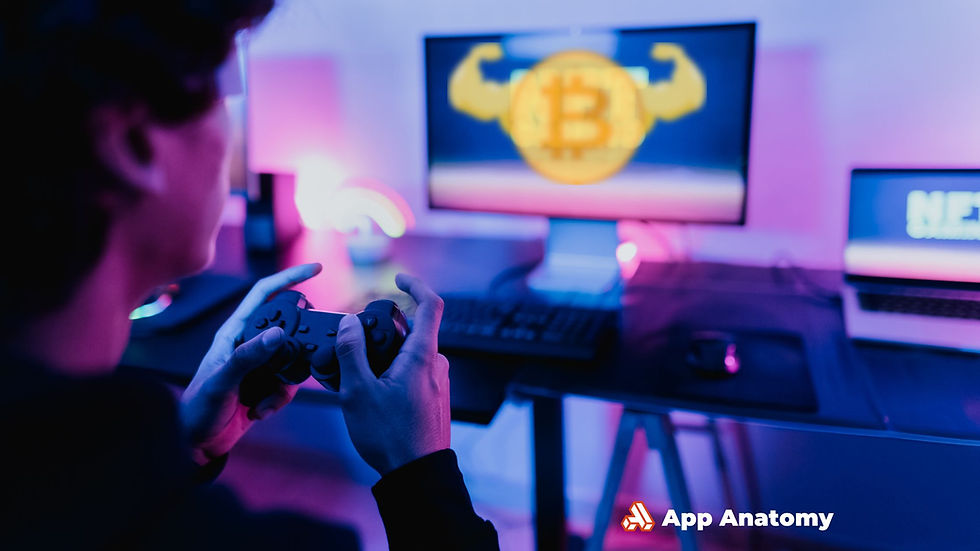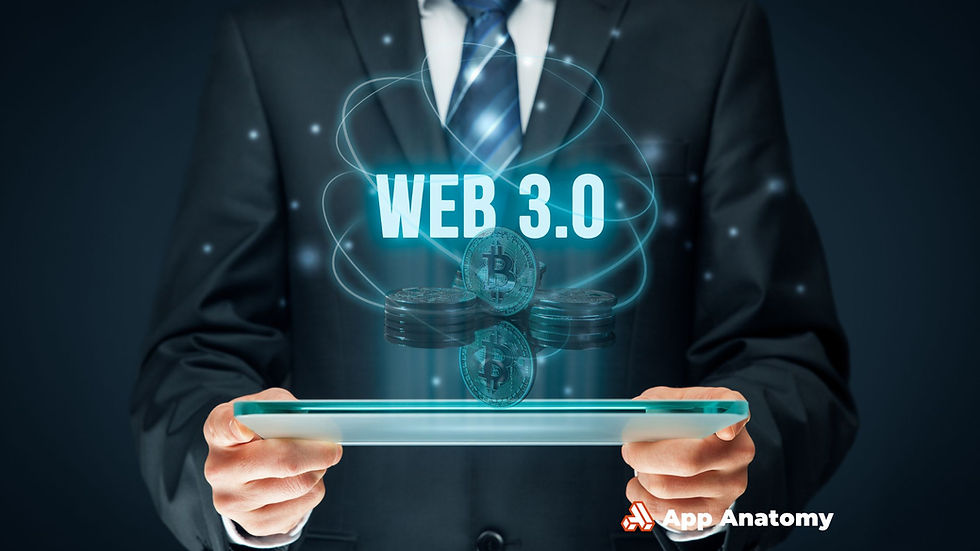Crypto and Gaming: How Blockchain Is Changing the Way We Play
- Jun 23
- 4 min read

Remember when video games were just about having fun? You’d play for hours, maybe beat a few levels, and that was it. But things are changing fast.
Thanks to blockchain technology and cryptocurrencies, some games now let you earn real money, own in-game items, and even trade digital land. For many people, gaming is becoming a real job, or a side hustle.
If you’ve heard terms like NFTs, play-to-earn, or blockchain games and wondered what they mean, this guide will walk you through it, all in simple terms.
What You Will Learn In This Article
How blockchain lets you truly own and trade in-game items
What NFTs and play-to-earn games actually mean
How smart contracts add fairness and transparency to gameplay
Real blockchain games like Axie Infinity and The Sandbox
The benefits and challenges of blockchain gaming today
How Does Blockchain Work in Gaming?
You Can Really Own Your In-Game Items
In regular games, when you earn a cool sword or skin, it’s stuck in that game. You can’t sell it or use it elsewhere. If the game shuts down? You lose it all.
With blockchain, every in-game item you earn, like weapons, outfits, or characters, can be stored in your crypto wallet as a special token called an NFT. That means you actually own it, just like you own a physical item. You can sell it, trade it, or use it in other games.
Games Without a Middleman
Most games are controlled by big companies. They run the servers, store the data, and decide the rules.
Blockchain games are different. They run on decentralized networks, where no single person or company is in control. That means the community has more power, and the game can’t just disappear overnight.
Play-to-Earn: Get Paid to Play
Some blockchain games let you earn money while playing. These games reward you with cryptocurrency (digital money) for completing tasks, battling other players, or winning games.
One of the most popular examples is Axie Infinity, where players can earn a token called SLP just by playing. In some countries, people even use it as a source of income.
Cool Features That Make Blockchain Games Unique
NFTs That Are Rare and Valuable
An NFT (Non-Fungible Token) is like a digital trading card, only one of a kind. In blockchain games, these NFTs can be characters, items, or even land.
For example, in The Sandbox or Decentraland, players can buy land, build homes, and sell stuff in a virtual world. And yes, people are making real money doing it.
Use the Same Items in Multiple Games
In the future, you might be able to take your character or gear from one game into another. That’s called interoperability and it’s made possible by blockchain.
We’re not quite there yet, but developers are working on making it happen.
Open Marketplaces for Buying and Selling
You don’t need to rely on shady black markets anymore. With sites like OpenSea, you can safely buy or sell gaming items as NFTs, just like you’d buy shoes or books online.
You set your price. If someone wants your item, they buy it. It’s that simple.
Smart Contracts Keep Things Fair
Smart contracts are like digital rules written into the game. If you win a tournament or complete a mission, a smart contract can automatically send your reward, no human needed.
This helps keep things fair and reduces cheating or delays.
Real Examples of Blockchain Games
Axie Infinity
This game lets you collect and battle cute creatures called Axies. You earn crypto for playing, and you can sell your Axies later. In countries like the Philippines, people have used Axie to earn money during tough times.
The Sandbox
This is like Minecraft meets Roblox, but with real money involved. You can buy land, create games or items, and sell them as NFTs. Some people even rent out their land!
Gods Unchained
If you’ve played card games like Magic: The Gathering or Hearthstone, you’ll love this. Every card you collect in Gods Unchained is an NFT that you can actually own, trade, or sell.
The Good and the Not-So-Good
What’s Great About Blockchain Games
You really own your items
You can earn real-world money
More transparency and fairness
Communities help shape the game’s future
What’s Still Tricky
Some games are expensive to start
Games on Ethereum can have high fees (called gas fees)
It’s confusing if you’re new to crypto
So yes, it’s exciting, but there’s a learning curve.
What’s Next for Crypto Gaming?
Blockchain gaming is still new, but it’s moving fast. Big companies like Ubisoft are starting to explore it, and developers are working on making it easier to use.
Here’s what we might see soon:
Games where you earn without needing to invest up front
Cross-game items you can take anywhere
New ways to earn income in virtual worlds
But the big question is: Will blockchain gaming become the new normal, or just a cool trend?
Is Blockchain the Future of Gaming?
Blockchain is changing how we think about gaming. It’s not just about winning anymore, it’s about owning, earning, and building something that lasts.
Still, it’s early. If you’re curious, try a free-to-play blockchain game. Learn how wallets work. Explore NFTs. And most importantly, have fun.
Because at the end of the day, games should still be about playing, even if you’re earning a little crypto along the way.





Comments